North Vietnam boasts the enchanting capital of Hanoi, breathtaking mountain ranges, mist-covered peaks, lush valleys, ancient rice terraces, diverse ethnic communities, and stunning turquoise islands. Wherever you venture, you’re sure to discover something remarkable. Join us as we explore Vietnam Travel’s list of must-visit destinations in North Vietnam.
1. Hanoi
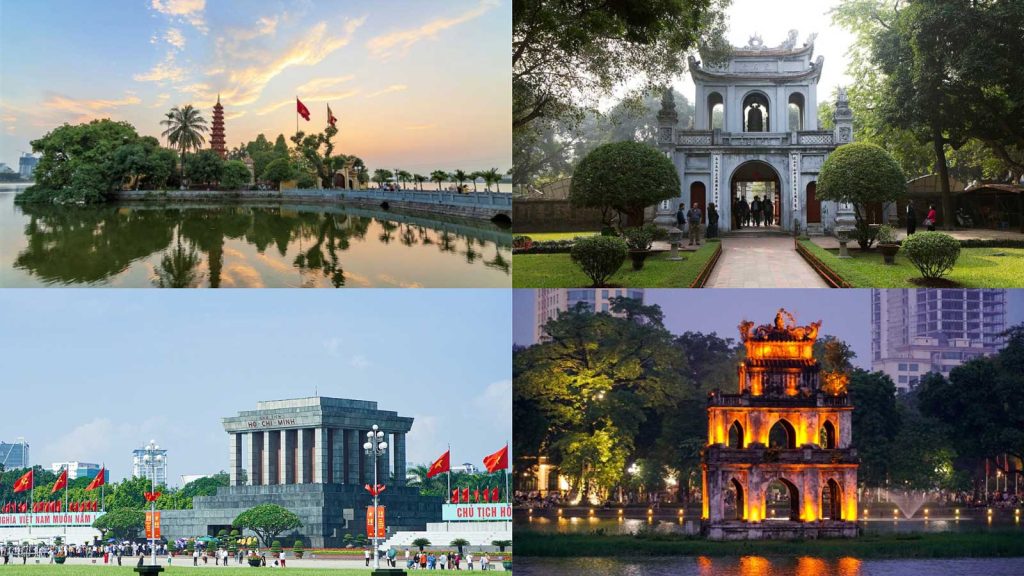
Hanoi is undoubtedly a must-visit destination in North Vietnam. Its beautifully preserved French colonial architecture, ancient pagodas, historic temples, and unique museums, alongside tranquil lakes and other captivating spots, will leave you enchanted. The city is perfect for exploring on foot or by cyclo, allowing you to wander through the hidden alleyways and lively markets of the charming Old Quarter. Here, you can savor local specialties and indulge in delicious Vietnamese cuisine just like the locals do. Hanoi’s eclectic charm has something for everyone. Be sure to spend at least 2 to 3 days uncovering its hidden beauty and visiting key sites, such as the Ho Chi Minh Complex, the Presidential Palace, One Pillar Pagoda, the Temple of Literature (Vietnam’s first university), West Lake, the serene Tran Quoc Pagoda, and Quan Thanh Temple.
2. Ninh Binh
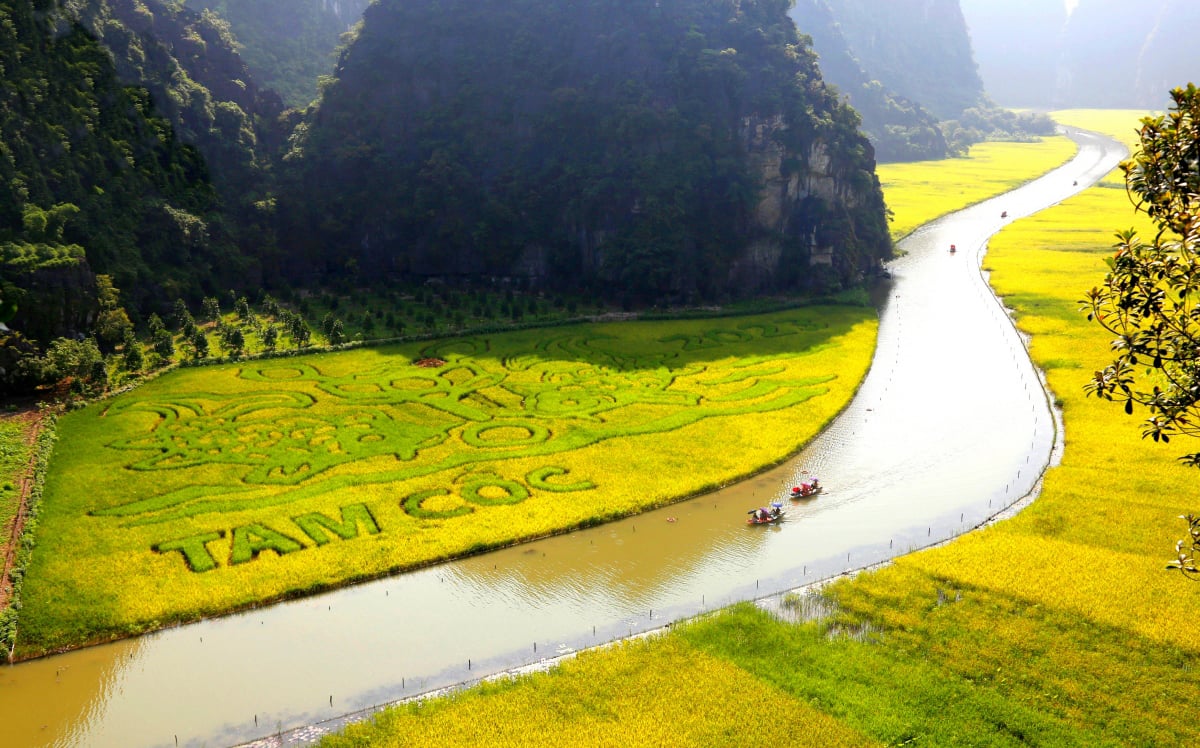
Often called “Halong Bay on land,” Ninh Binh is a must-visit destination in North Vietnam. Just a two-hour drive from Hanoi, it’s perfect for a day trip if you’re short on time. A visit to Ninh Binh should definitely include a boat ride through Trang An or Tam Coc, where you can take in stunning limestone formations, lush greenery, and serene landscapes along tranquil waterways that weave through dark grottoes. This boat trip typically lasts about two hours. Additionally, you can explore highlights like Bai Dinh Pagoda—the largest in Vietnam—Bich Dong Pagoda, the ancient capital of Hoa Lu, Phat Diem Cathedral, Mua Cave, and Cuc Phuong National Park.
3. Mai Chau

Just a short distance from Hanoi, Mai Chau offers a perfect escape from the hustle and bustle of city life, immersing you in the tranquility of a mountainous village. You can unwind in Lac or Poong Cong villages, rent a bike to explore the surrounding countryside, and discover your own serene moments among the rice paddies. This picturesque region, with its lush jungles, bamboo groves, tea plantations, and waterfalls, is ideal for leisurely walks and short treks to remote ethnic villages like Hang Kia and Pa Co.
The White and Black Thai communities are the largest ethnic groups in this area, known for their wooden stilt houses. Spending at least one night in a stilt house homestay is highly recommended to immerse yourself in the local customs and culture. You’ll have the opportunity to connect with residents, share a meal with your host, and enjoy traditional dance performances in the evening.
4. Sapa
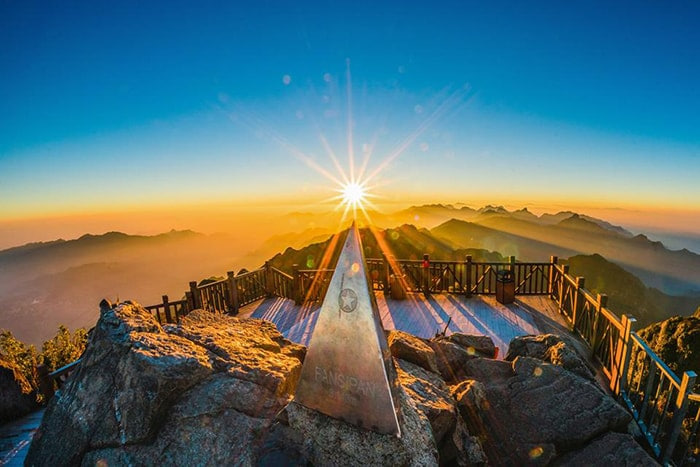
Sapa captivates visitors with its stunning mountain backdrop, picturesque terraced rice fields, and rich cultural diversity among its many ethnic minorities. A guided hike through expansive valleys adorned with these rice terraces offers a unique experience, leading you through remote hill tribe villages like Cat Cat, Y Linh Ho, Lao Chai, Ta Van, and Ta Giang Phinh. Additionally, local ethnic markets provide a fantastic opportunity to immerse yourself in the daily lives and cultures of the H’mong, Dzao, and Dzay communities. Be sure to explore Bac Ha market on Sundays, Coc Ly market on Tuesdays, and Can Cau market on Saturdays, where you’ll find a vibrant array of goods, including local fruits, vegetables, honey, corn wine, colorful fabrics, clothing, embroidered items, and livestock like horses, cows, and buffalo.
5. Ha Giang
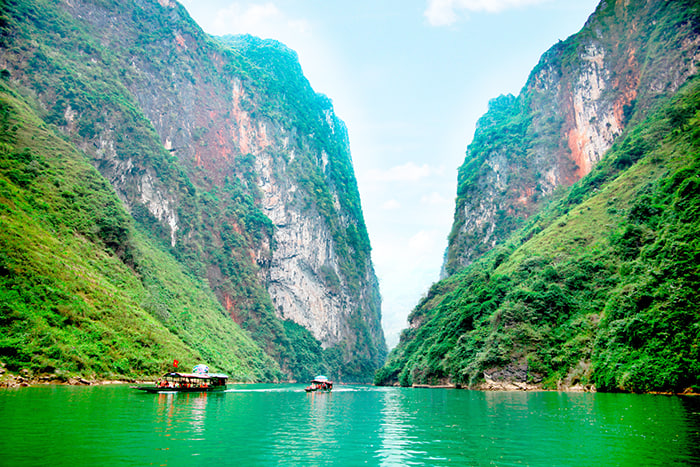
Ha Giang is a mountainous province located in northeastern Vietnam, approximately 300 km from Hanoi. It shares a 270 km border with Yunnan province in southern China, earning it the nickname “Vietnam’s final frontier.” Nearly 90% of Ha Giang’s population consists of ethnic minorities, contributing to the area’s rich and distinctive cultural heritage. The traditional practices and customs of these groups are diverse and captivating, drawing many travelers eager to explore these unique cultural facets.
Ha Giang is best experienced on a two-wheeled road trip, allowing you to fully appreciate the stunning landscapes and the unique charm of its remote towns and minority villages. The journey from Yen Minh to the Dong Van Karst Plateau Geopark, followed by a ride across the breathtaking Ma Pi Leng Pass—one of Vietnam’s four great passes—towards Meo Vac promises to be an unforgettable adventure.
6. Cao Bang – Ban Gioc Waterfall

Nestled in a remote part of Northern Vietnam, Cao Bang is renowned for its rich biodiversity, featuring a wealth of endemic flora and fauna, along with five major river systems and 47 lakes. This region is home to nine distinct ethnic groups, including the Tay, Nung, Mong, Kinh, Dao, and San Chay, each with their own unique crafts, traditional festivals, folk arts, customs, and lifestyles. This cultural diversity adds to Cao Bang’s fame and allure.
Cao Bang is home to many remarkable landscapes and historical sites that you won’t want to miss. Highlights include the Pac Bo historical site, where President Ho Chi Minh lived and worked during the early days of Vietnam’s revolution; the stunning Ban Gioc waterfalls, the largest in Vietnam; Nguom Ngao Cave; the Thang Hen lake system; and the Phat Tich Truc Lam Ban Gioc Pagoda, among others.
7. Halong Bay
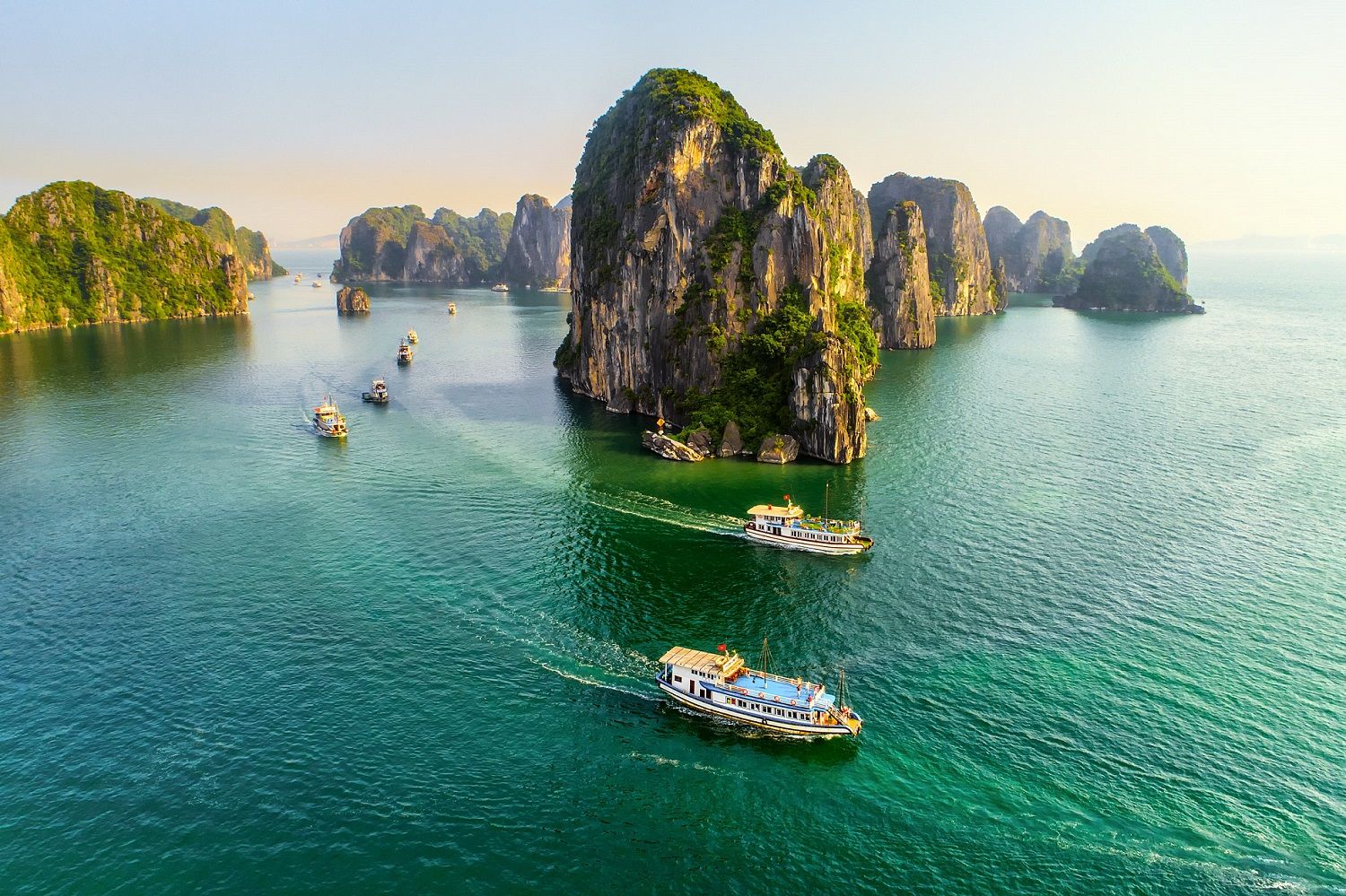
No trip to North Vietnam is complete without a visit to Halong Bay, one of the Seven Natural Wonders of the World, featuring over 2,000 stunning limestone islands and cliffs. While there are many ways to explore this breathtaking area, an overnight cruise is the best option, allowing you to fully appreciate the spectacular scenery. You’ll have the chance to get up close to the magnificent karst cliffs, rocky spires, and hidden caves, all while enjoying the misty clouds and clear turquoise waters. Relaxing with a cocktail on the sundeck is a delightful way to unwind, but if you’re seeking adventure, Halong Bay offers plenty of activities, such as visiting fishing villages by boat, kayaking, exploring hidden caves, swimming, and even night squid fishing.
8. Cat Ba Island

Nestled between Bai Tu Long Bay and Ha Long Bay, Cat Ba Island attracts numerous travelers eager to discover its stunning natural landscapes. The island is home to three beautiful Cat Co beaches, known for their soft yellow sands, crystal-clear waters, gentle waves, and refreshing breezes. While Cat Co 1 and Cat Co 3 are connected by a scenic cliffside path, making them perfect for leisurely strolls, the third beach offers a quieter, more secluded atmosphere ideal for romantic getaways. Visitors can enjoy a variety of adventurous activities, such as motorboating or kayaking to explore nearby islets, hiking through the national park, or cycling around the island. The best time to visit Cat Ba Island is from April to November, when the weather is ideal for beach outings. However, it can get quite crowded during the summer months of June to August, making accommodation difficult to secure due to the influx of domestic tourists.
Start planning your trip to Vietnam today by getting your visa at vietnamvisapro.com. As a trusted and reliable visa service, we’re here to help you turn your travel dreams into reality from the very first step.